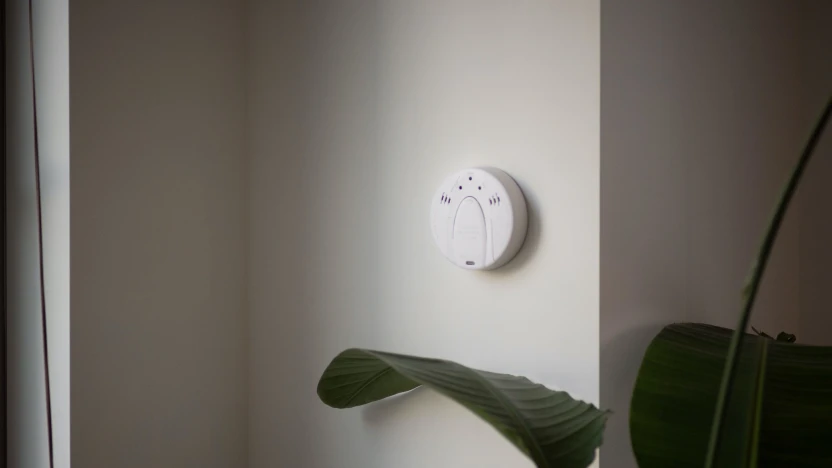Basement safety: What's lurking in your basement?
Posted April 27th, 2022 by SimpliSafe

We’ve listened to (and sponsored) enough true crime podcasts to fear the basement. While our trepidations may be justified, the dangers down there might not be exactly what you think, even though they can cause your family, yourself and your home some serious harm.
Dangerous gas in your basement:
While we’re all fearful of what could possibly be lurking in the dark, we should be more wary of the things we will never be able to see: radon and carbon monoxide.
Radon is a naturally occurring radioactive gas. You can’t see it or smell it, so the only way you’ll know if it’s there is by testing for it. If your home has never been tested, you’ll want to look into this. Long exposure to radon can lead to poor indoor air quality and lung cancer.
The other dangerous gas frequently in homes is carbon monoxide. This odorless, colorless gas comes from burning fuel with your furnace, your car, or other gas appliances. It’s important to get these appliances professionally tested once a year (yes, even though winter just ended!). A great way to ease your worries and know immediately if this gas is in your home, is to have a good Carbon Monoxide Detector located in your basement or wherever this gas is likely to accumulate.
Sneaky Mold in your Basement:
Whether you just bought your home, or have owned it for years, it is important to perform regular mold checks in your basement. The most common ones include aspergillus, cladosporium, and stachybotrys atra (also known as black mold).
Mold typically grows in areas where there is a presence of water. Anything from humidity, a leak, or flood could be the cause of mold development. One way to prevent mold from growing in your basement is to keep an eye on water levels in your home with a Water Sensor.
If you receive a notification alerting you to water in your home, it is important to act quickly. If you’re handling the cleanup on your own, dry everything as fast as possible to prevent further damage. Remove any standing water and use fans, air conditioners, or heaters to dry things out. Target wet insulation, wet carpet, and wet drywall as those take the longest to dry. If possible, remove them completely. You’ll also want to clean anything that could be holding onto bacteria or dirt with detergents.
If you do find mold in your basement, contact a professional who can properly identify the type of mold and remove it safely.
Keeping Burglars out of your basement:
While the basement is not the most common entry point during a break-in, it is an easy option. If you have windows and extra doors that allow for easy access into your basement, you’ll want to consider some simple steps to help deter burglars.
Cover any easy access points with Entry or Motion Sensors. Consider putting bars or security film on your windows. Keep furniture away from windows; you don’t want to provide an easy drop down for a burglar. If your basement isn’t used much, consider adjusting your Home Mode settings so that basement Motion Sensors are always on.